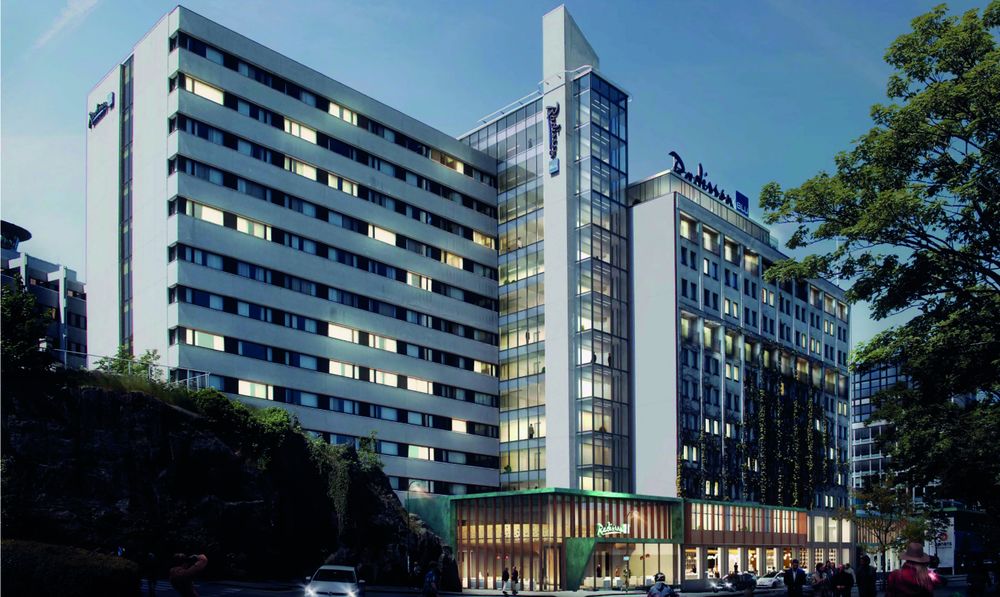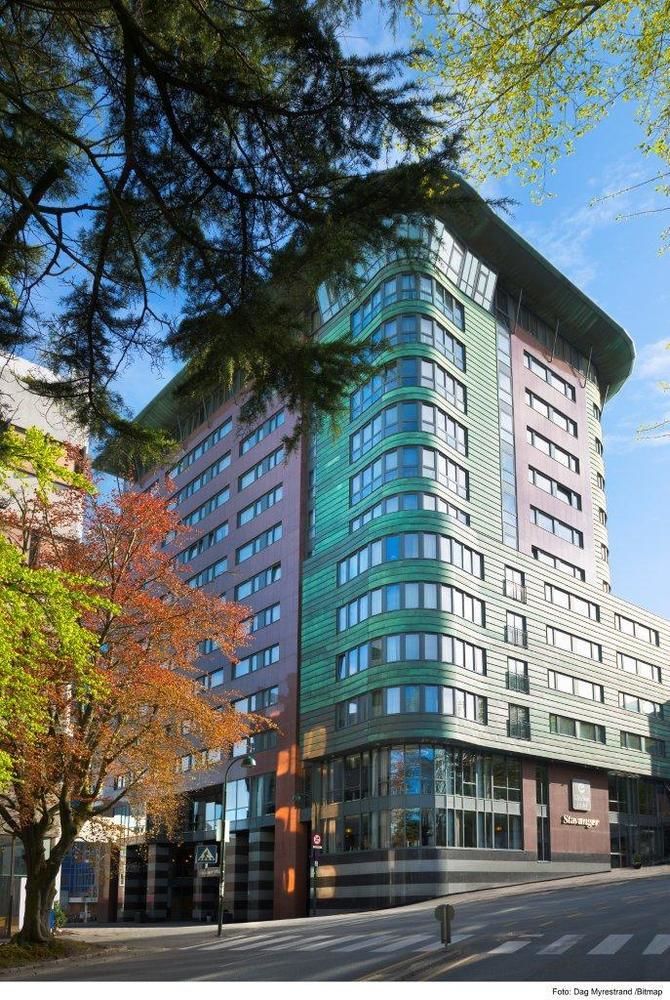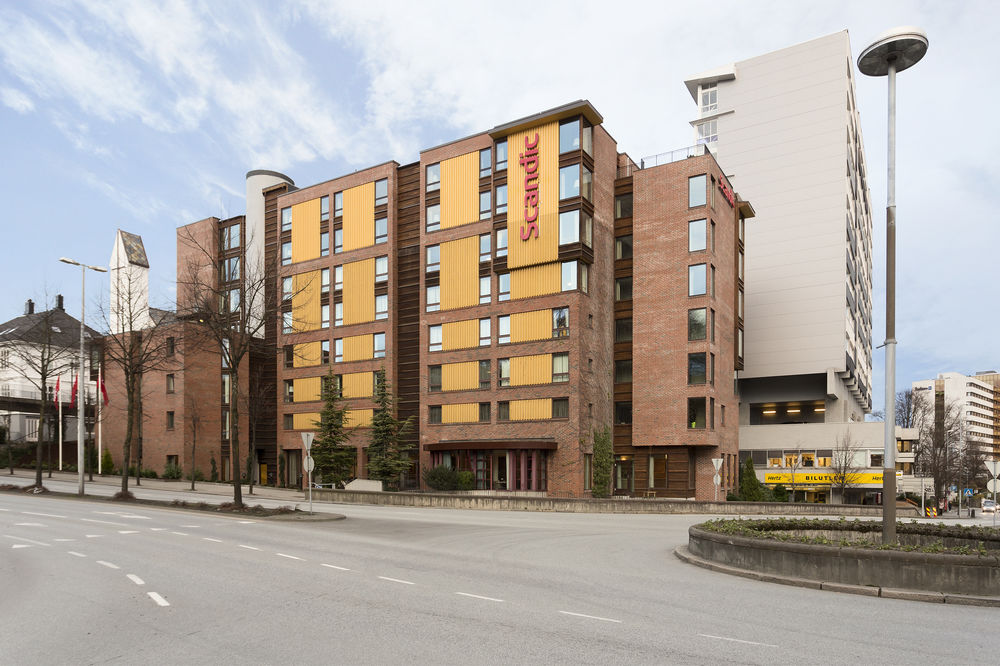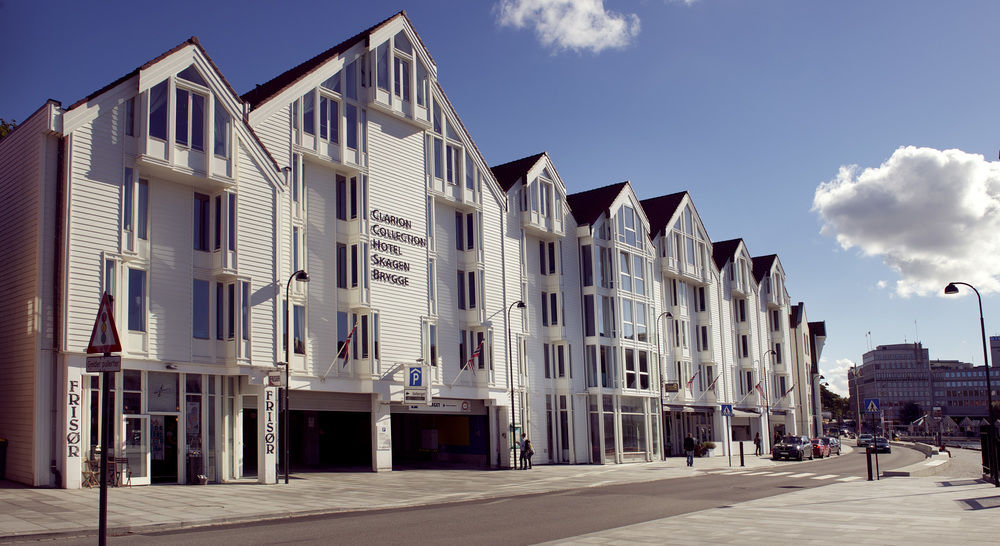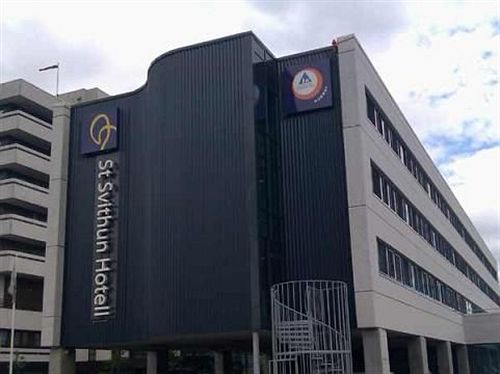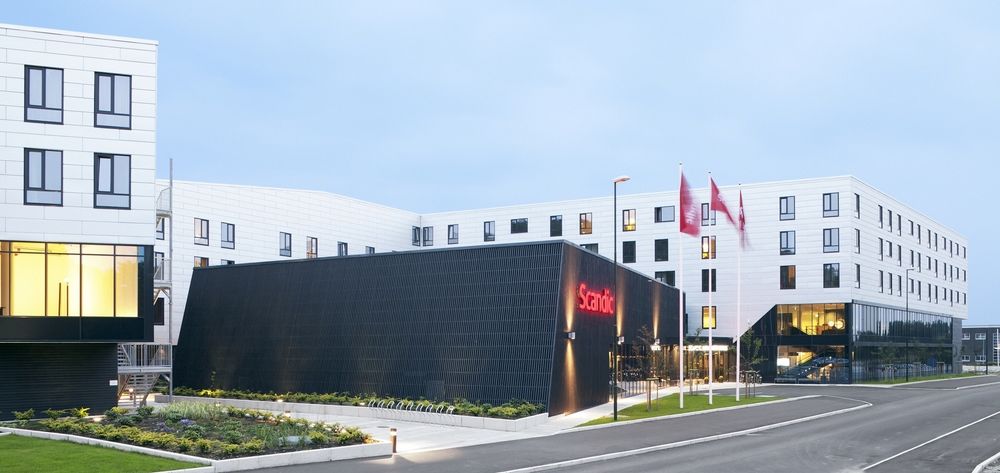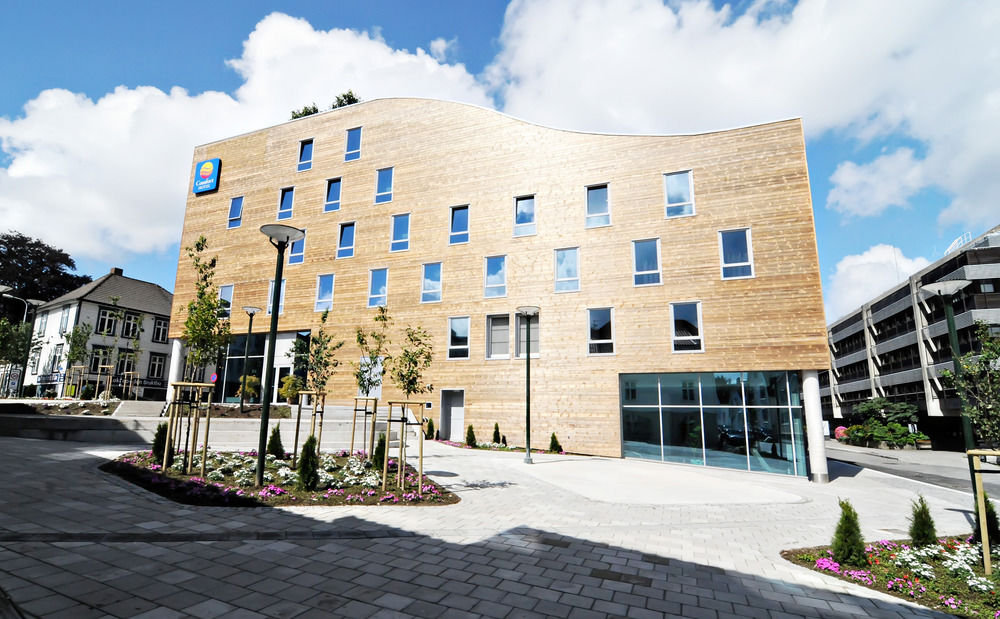
スタヴァンゲルホテル検索結果
AIが見つけた軒のホテルの最安値をご覧ください。
ベストホテル
最安値のホテル
ホテル等級
AIおすすめ
スタヴァンゲルベストホテル
スタヴァンゲル 最低価格のホテル
最高評価のホテル
スタヴァンゲルにある4つ星ホテル
スタヴァンゲルにある3つ星ホテル
AIがおすすめする世界の旅行先
スタヴァンゲル近くのホテル情報
スタヴァンゲル 旅行に欠かせない情報
Stavanger (Norwegian pronunciation: [stɑˈʋɑŋər] ( listen)) is a city and municipality in Norway. It is the third largest city and metropolitan area in Norway (through conurbation with neighbouring Sandnes) and the administrative centre of Rogaland county. The municipality is the fourth most populous in Norway. Located on the Stavanger Peninsula in Southwest Norway, Stavanger counts its official founding year as 1125, the year the Stavanger Cathedral was completed. Stavanger's core is to a large degree 18th- and 19th-century wooden houses that are protected and considered part of the city's cultural heritage. This has caused the town centre and inner city to retain a small-town character with an unusually high ratio of detached houses, and has contributed significantly to spreading the city's population growth to outlying parts of Greater Stavanger.
The city's rapid population growth in the late 20th century was primarily a result of Norway's booming offshore oil industry. Today the oil industry is a key industry in the Stavanger region and the city is widely referred to as the Oil Capital of Norway. The largest company in the Nordic region, Norwegian energy company Statoil is headquartered in Stavanger. Multiple educational institutions for higher education are located in Stavanger. The largest of these is the University of Stavanger.
Domestic and international military installations are located in Stavanger, among these is the North Atlantic Treaty Organisation's Joint Warfare Center. Other international establishments, and especially local branches of foreign oil and gas companies, contribute further to a significant foreign population in the city. Immigrants make up 11.3% of Stavanger's population. Stavanger has since the early 2000s consistently had an unemployment rate significantly lower than the Norwegian and European average. In 2011, the unemployment rate was less than 2%. The city is also among those that frequent various lists of expensive cities in the
 時間 UTC+02
時間 UTC+02 通貨 NOK
通貨 NOK 言語 Bokmål Norwegian, Nynorsk Norwegian, Finnish
言語 Bokmål Norwegian, Nynorsk Norwegian, FinnishStaypiaだけの特別な特典
リアルタイムホテル最安値比較
AIが見つけたin スタヴァンゲルの軒のホテルのリアルタイム最安値を簡単に比較検索できます。
316万軒のホテルを最安値で予約
最低価格に最大31%追加メンバーシップ割引でさらにお得にご予約いただけます。
自分だけの
AIがリアルタイムで更新するスタヴァンゲル旅行情報で便利に旅行を準備しましょう。
よくある質問
スタヴァンゲルで最も評価の高いホテルはScandic Royal Stavanger, Radisson Blu Atlantic Hotel Stavanger, Thon Hotel Maritimです。
一般的なホテルの場合、客室予約はキャンセル締切日前まで無料返金が可能です。キャンセル締切日以降は手数料が発生する場合がありますので、ホテルバウチャーまたはメニュー>マイ予約でキャンセル締切日をご確認ください。
ステピアでは、AIが収集した316万件のホテルの最安値はもちろん、会員限定の追加割引価格で人気ホテルを予約することができます。


